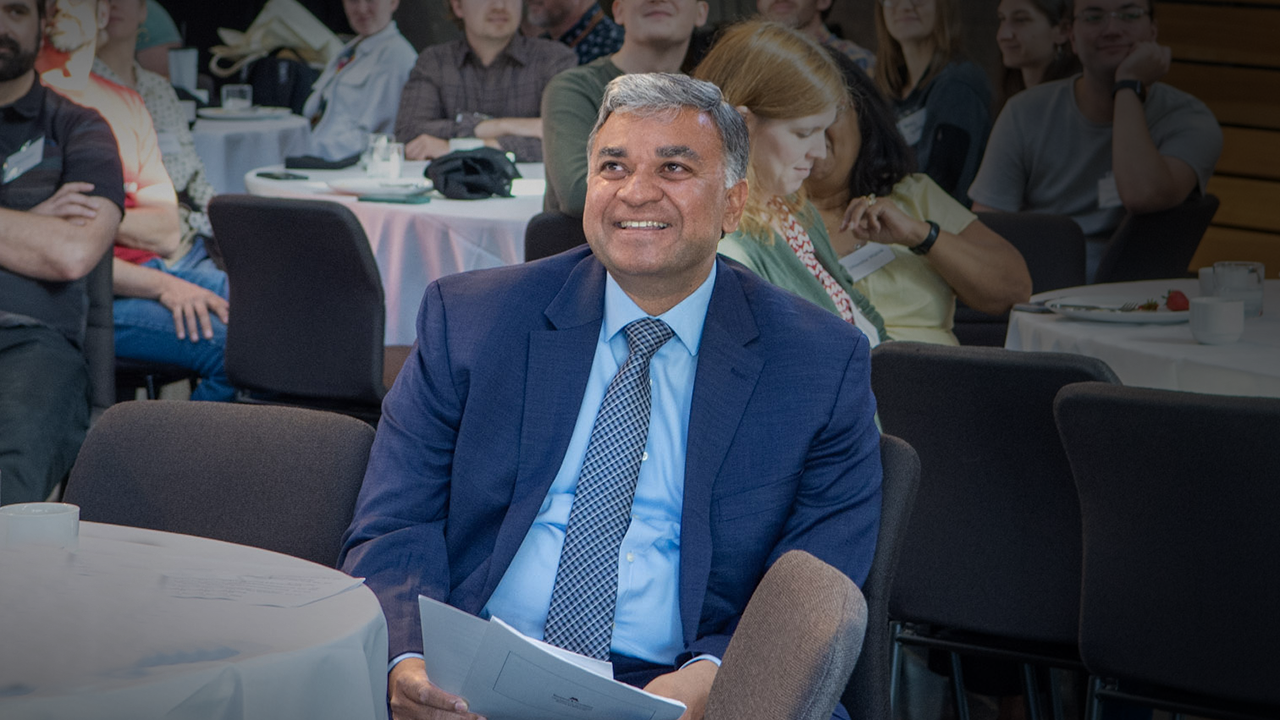
Dear Colleagues,
It has been two years since I had the honor of being appointed the University of Minnesota’s senior research officer, and through the retrospective article that follows, I am proud to look back on the work we have done together to strengthen and grow the University’s already impressive research enterprise. The successes we’ve had could only have happened with the help of many talented people in my office and across the University. I want to thank all of our partners who have made these past two years successful, and I look forward to an exciting new era under the leadership of President Rebecca Cunningham.
Sincerely,
Shashank Priya
Vice President for Research and Innovation
Operational Changes
To recognize the increasingly important role of innovation and entrepreneurialism in the University of Minnesota’s research ecosystem and to respond to feedback from key UMN research constituencies, the Office of the Vice President for Research (OVPR) changed its name to the Research and Innovation Office (RIO) in December 2023.
In June 2024, RIO also consolidated what were previously geographically dispersed support units into a single operational headquarters in McNamara Alumni Center. The move grew out of RIO's Toward a New Normal effort that focused on post-pandemic flexible/hybrid work arrangements for its employees and space-use optimization. With the move, RIO seeks to boost staff cohesion and coordination, improve the employee experience when onsite, as well as free up space for growing divisions such as Research Computing.
Research Infrastructure Investments
Over the past two years, RIO has reinvested in key research services and critical research infrastructure to help fill long term gaps and to catch up with needs created when University of Minnesota sponsored research award amounts jumped 30 percent between 2019 and 2023. Those investments include:
MN-GEMS
The MN-GEMS grant management system went live in April 2024 to replace a previous system that dated back to 1998. MN-GEMS offers better transparency, faster award setup, and enhanced reporting and interconnectivity with other research systems.
Research Services Staffing
RIO added new staff across nearly all research support units to address increasing needs in grant administration, regulatory requirements, research compliance, and external partnerships.
RIO also stabilized staffing in RAR, the department that provides animal care and use support for pre-clinical researchers, back to pre-pandemic levels. RIO provided RAR staff salary increases and other improvements based on feedback from RAR employees and the research community.
Preclinical Research Infrastructure
One of VP Priya’s highest priorities has been to upgrade and maintain the University’s infrastructure and services related to preclinical research. RIO is investing in a new electronic management system for research with animals, a cage wash system to replace an antiquated predecessor, and other improvements to the East Bank vivarium.
University of Minnesota Genomics Center (UMGC) Investments
RIO has prioritized genomics research at the UMN by stabilizing the UMGC’s finances with a three-year funding commitment, positioning the UMGC to emerge as one of the country’s most powerful technological genomics hubs. Initiatives already underway include the acquisition of new large-scale and cutting-edge sequencers, purchased in part with support from the Medical School and a matching RIO Research Infrastructure grant, and the build-out of the UMGC “CoLab,” a user-accessible facility for training and services in single-cell and spatial genomics. Already, support from RIO has resulted in two rounds of dramatic reductions in the cost of sequencing for investigators.
Strategic Initiatives
Research 2030
RIO is working to anticipate trends in research and our society so that University of Minnesota researchers can maximize their participation in addressing the big questions for research in the not-to-distant future—the year 2030. In April 2023, RIO organized the Research 2030 workshop, where the University research community, along with invited national leaders in academia, government, industry, and nonprofits, reflected on emerging discoveries and challenges.
These discussions have helped frame a research strategy into 14 high impact research themes for addressing new social, economic, and global challenges before they arise. They will allow the University to lead rather than follow when it comes to the interests of our research community, as well as potential funders and partners.
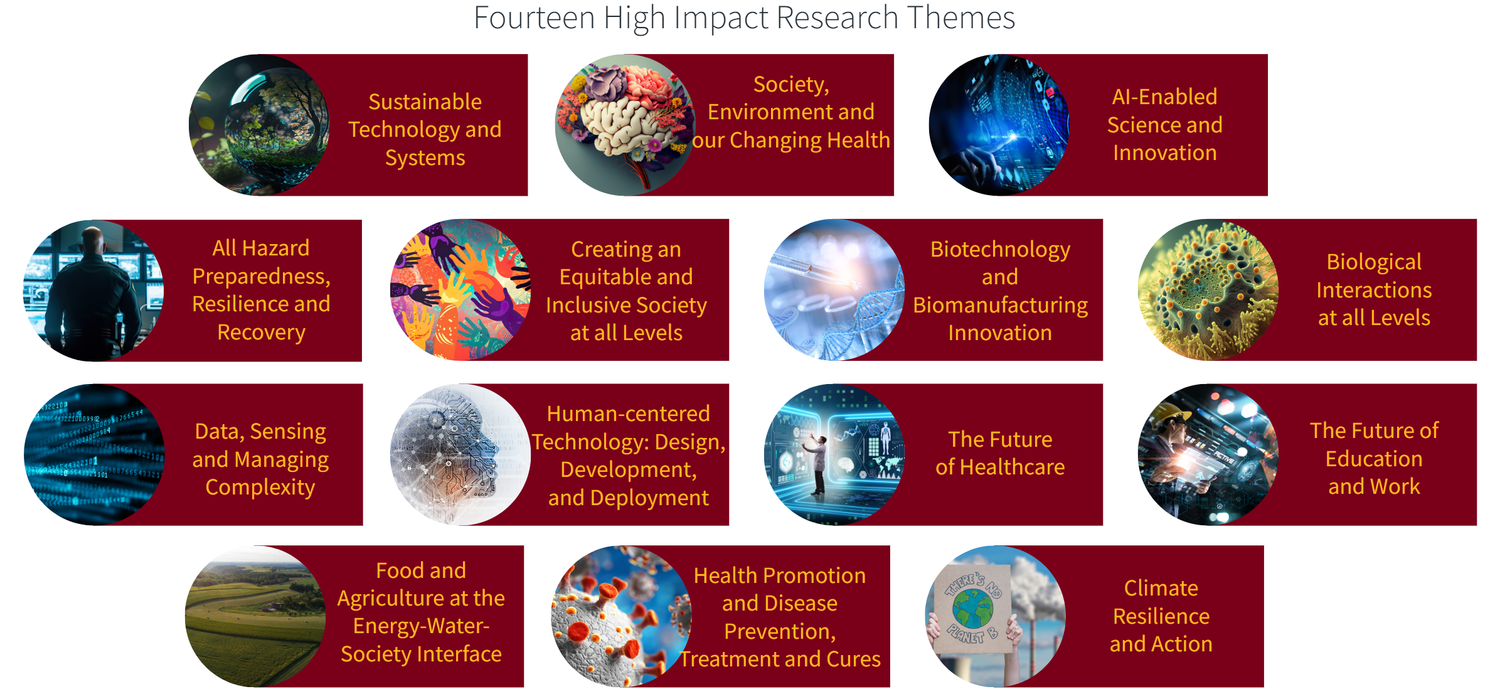
The UMN initiatives highlighted below were started based upon or validated by the themes that rose to the top at Research 2030.
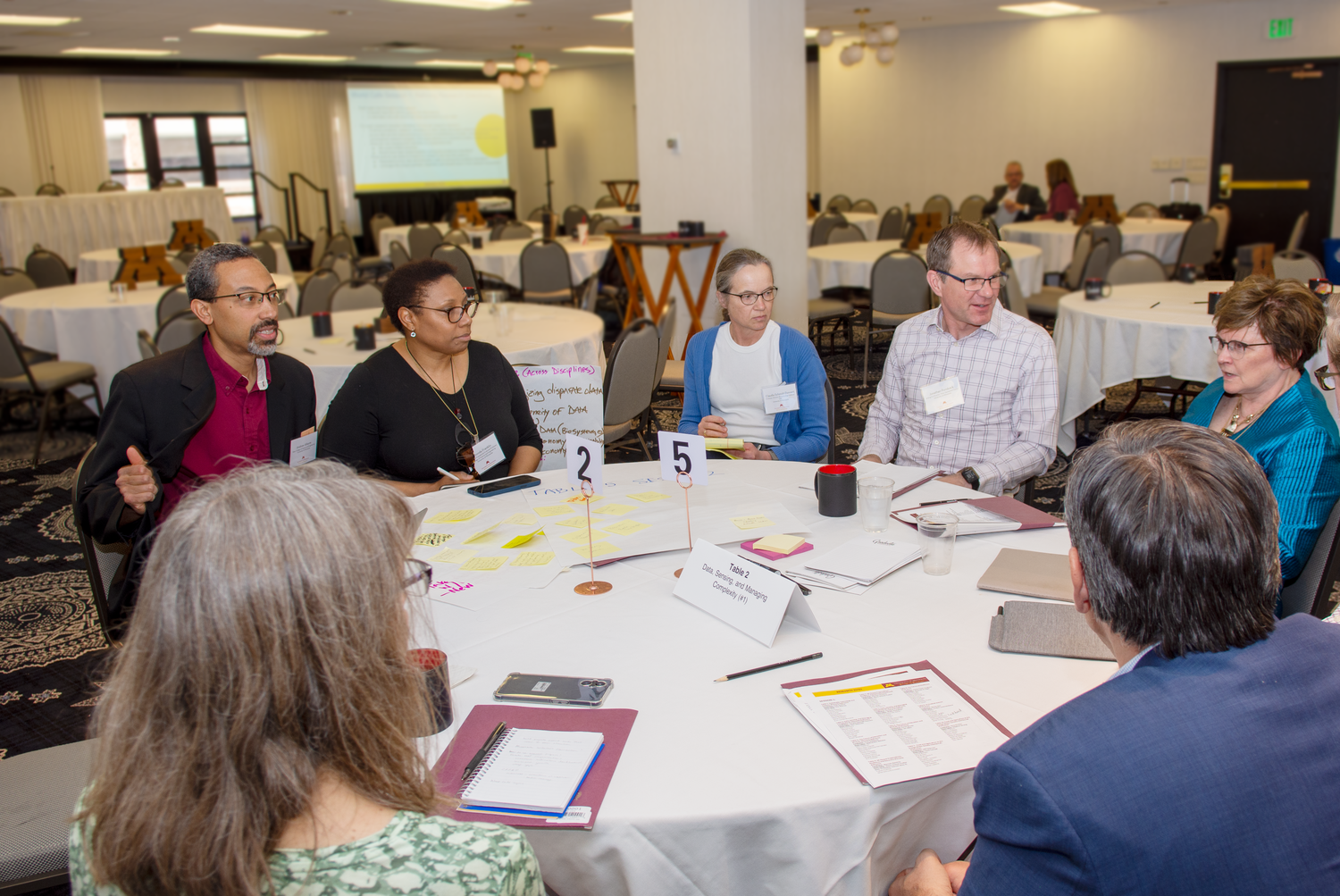
Biotechnology and Biomanufacturing Innovation Center (BBIC)
BBIC seeks to build a biomanufacturing ecosystem in Minnesota that fosters cross-disciplinary research, innovation, entrepreneurship and education, training, outreach, engagement, and partnership—an ecosystem that is well aligned with anticipated federal investments (e.g., the National Biotechnology and Biomanufacturing Initiative). Six BBIC seed projects have been awarded funding over the next two years, with representation of five colleges/units and two UMN campuses.

Sustainable GeoCommunities
The University of Minnesota recently co-organized a planning workshop for Sustainable GeoCommunities (SGC), a community-based program that will leverage the power of research to help local communities become more healthy, equitable, and prosperous guided by the UN Sustainable Development Goals. A workshop was hosted on June 24-25 by the Indian Institute of Technology (IIT), Kanpur at its Outreach Center in Noida and was attended by participants from University at Buffalo, IIT, Bombay; IIT, Delhi; IIT, Goa; Amrita Vishwa Vidyapeetham; and more than 20 other organizations. SGC aligns with a broader US-India initiative to expand bilateral research and higher education partnerships.
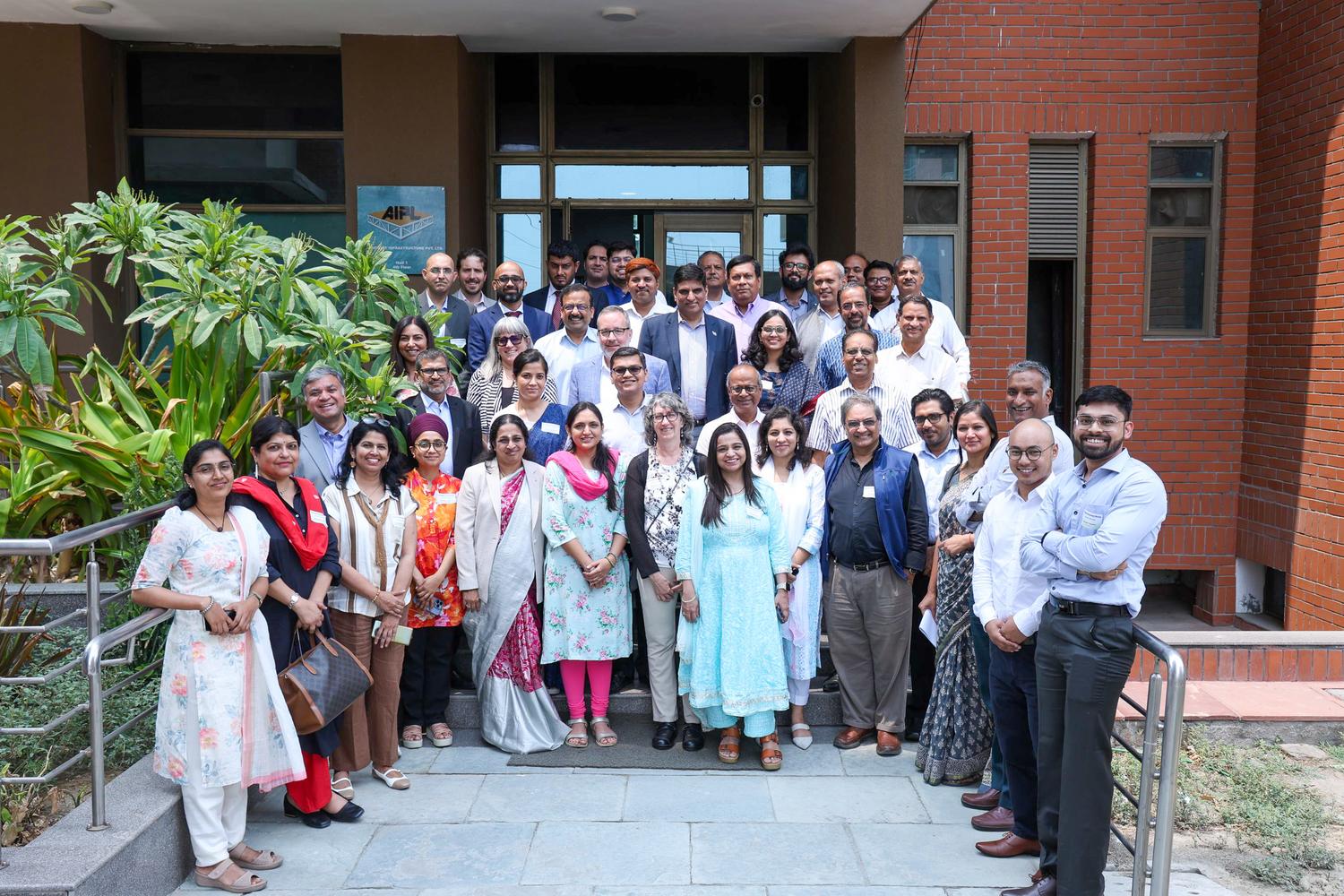
Data Science Initiative
Minnesota has historic roots in supercomputing, and the Minnesota Supercomputing Institute at UMN is at the cutting edge of big data fields such AI/ML and genomics/proteomics. The Data Science Initiative (DSI) aims to make a mark in data science research, nationally and internationally, by charting new research directions and enabling the development of new methods, data sets, and software that are used to address grand challenges facing our state, nation, and the world. For 2023/24, DSI’s seed funding focus areas are foundational data science, digital health and personalized healthcare delivery, and agriculture and the environment.
National Security Research Initiative
National security agencies support research into nearly all fields of interest to UMN scholars, and increased collaboration with defense and security-related agencies has long been identified as an area of potential growth for the U’s research enterprise. A National Security Research and Innovation Day planned for February 2025 will initially bring together UMN researchers who will explore problems that agencies and companies are seeking to solve across six high interest topics and where that work might overlap with existing UMN research directions. Attendees will explore how collaborations could be built around hypersonics, medical solutions for service members, microelectronics, geospatial imaging, materials in extreme environments, and artificial intelligence.
International Institute for Biosensing
Biosensing is a fundamental global technology for the 21st century with tremendous applications for humans and the environment. Biosensors serve as critical monitors in a broad spectrum of applications, including food safety, agriculture, the environment, healthcare, animal health, national security and water quality. The International Institute for Biosensing (IIB) is supporting a cohort of five UMN graduate students working on interdisciplinary biosensing projects over three years. The students and their advisers and IIB leadership are also building a network of national and international peers and partners to increase access and lower barriers to physical and intellectual resources needed to accelerate biosensing innovation. This growing network of biosensing resources will give UMN graduate students a jumpstart in their careers by linking them to global resources by the time they graduate.
Internal Funding Opportunities
In the past two years, RIO has launched two new programs and restarted another:
Artist-in-Residence
Now in its second year, the Artist-in-Residence program allows artists to collaborate with scientists to benefit both science and art, spurring creative thinking and innovation. The program supports creative interpretation of scientific research and discoveries at the University, and artists are selected for a residency to produce science-based artwork and visuals, display their projects, and participate in a series of public talks to explain their work.
North Carolina Agricultural and Technical State University (NC A&T) and UMN Research Partnership
This partnership pairs the University with North Carolina Agricultural and Technical State University (N.C. A&T), the largest of the nation’s Historically Black Colleges and Universities (HBCUs), located in Greensboro, NC. In the partnership’s first phase, RIO will award five proposals annually to initiate collaboration with N.C. A&T peer researchers. The second phase is planned to start in year three, when additional funding will be allocated to initiate at least three research programs per year between the two institutions that build on phase one projects, with the potential for undergraduate research opportunities, and the development of 3 + 2 programs in disciplines that are available at only N.C. A&T or UMN.
UMN Social Justice Impact Grants
In 2023, RIO restarted the Social Justice Impact Grants (SJIG), funding rounds in 2023 and 2024. The SJIG aims to catalyze rigorous, solution-oriented research on social justice topics, including criminal justice reform, housing segregation/gentrification, systemic racism, achievement gaps, health disparities, environmental justice, and related topics. SJIG funds support research that holds high potential for building a more equitable and just society, future external funding, and career advancement.
Strategic Partnerships at UMN
Research Centers
RIO provides administrative support to 12 University-wide centers and institutes. To help grow and coordinate research and innovation work across the University of Minnesota, RIO recently established closer relationships with two key research centers, the Natural Resources Research Institute (NRRI) and Minnesota Sea Grant. RIO leaders have worked with leaders at these two centers to help create new partnerships for research projects and academic programs.
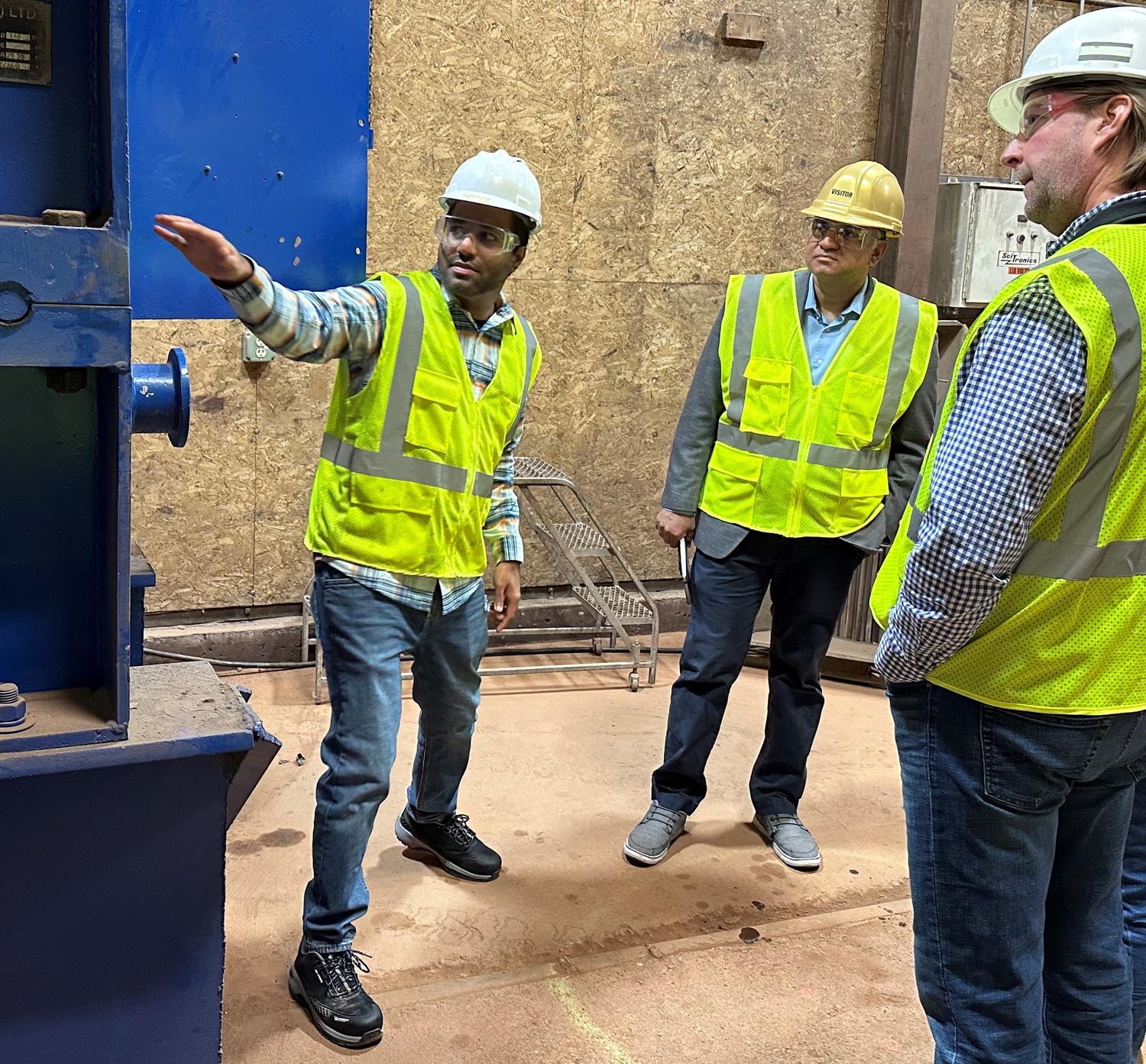
Corporate Engagement Center
The Corporate Engagement Center (CEC) is a partnership between RIO and the University of Minnesota Foundation’s Corporate Foundation Engagement team. CEC connects leading researchers, University programs and strategic initiatives at the U with corporations locally, nationally and globally. CEC’s focus is a portfolio of 70+ strategic companies, including Minnesota’s 17 Fortune 500 Companies. In 2024, CEC helped secure more than $69 million in investments from the CEC Strategic Portfolio companies, and delivered more than a dozen million dollar plus proposals to portfolio companies, among other accomplishments.
In partnership with UMF, VP Priya has also convened Innovation Minnesota, a leadership council made up of key technology leaders and officers that will help identify emerging technologies and workforce needs that will help grow existing companies, attract new companies to the state, and launch more startups. Innovation Minnesota will also identify barriers that are impeding innovation in the state.
Technology Commercialization: Discover → Advance → Impact ™
UMN Technology Commercialization is a highly regarded tech transfer shop among its university peers nationwide, with more than 260 startup companies launched since 2006, more than 3,200 current licenses, and more than 500 active patents. RIO and CEC are supporting a new Tech Comm initiative to take that work to the next level. The Discover → Advance → Impact program aims to grow the level of commercializable UMN inventions through gap funding to help develop early technologies and an angel investor network to boost UMN startup company success, among other efforts.
External Engagement
Federal Agency Outreach
In order to grow research opportunities for faculty and students, RIO began creating events for visiting officials and traveling to meet with potential funders and partners across the country as well as abroad. To provide just a couple of recent examples, RIO welcomed 28 researchers and leaders from Sandia National Laboratories for an entire day of tours, presentations, and networking to build on 11 existing research collaborations. Dr. Kimberly Sablon, who leads a key AI and autonomous systems development unit at the Department of Defense (DoD), visited campus and learned about UMN research directions in AI and robotics. Other visitors brought to campus by RIO include delegations and officials from NSF, including NSF director Sethuraman Panchanathan, US Department of Energy Advanced Research Projects Agency-Energy (ARPA-E), Army Research Office (ARO), US Census Bureau, and DoD Strategic Environmental Research and Development Program (SERDP) and the Environmental Security Technology Certification Program (ESTCP).
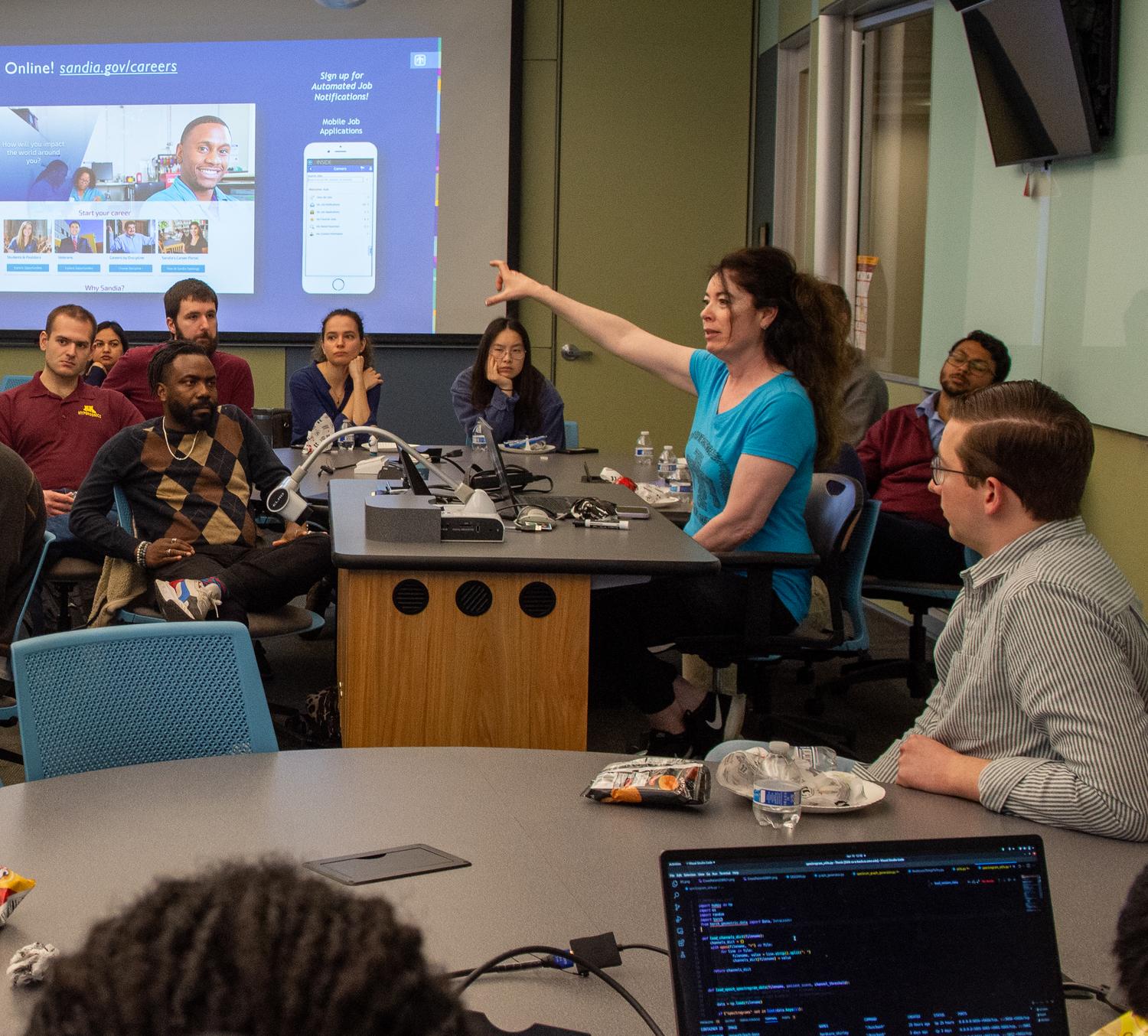
Greater MSP
RIO has deepened the University's partnership with Greater MSP, a partnership that promotes regional competitiveness, helping to ensure that the partnerships's strategic directions are aligned with the strengths and potential future growth areas of the University's research and innovation enterprise, such as semiconductors and microelectronics, sustainable plastics, hypersonic aviation, sustainable aviation fuel and biomanufacturing, and regenerative agriculture. VP Priya sits on the executive council of Greater MSP's MBOLD initiative, which develops practical solutions to global challenges facing the food and agriculture sectors.
Microelectronics Research
To help advance microelectronics research at the U and the regional microelectronics industry, RIO appointed the University’s first Chief Semiconductor Officer (CSO), Steven Koester, and launched a website devoted to the University’s semiconductor and microelectronics research and education: chips.umn.edu. The CSO’s responsibilities include coordinating University research and education initiatives and investments related to microelectronics and representing the University within larger efforts to advance Minnesota’s microelectronics industry. Most recently, the CSO has helped facilitate a new training program for 60 employees of Minnesota microelectronics companies and helped launch Minnesota’s participation in SCALE, a defense semiconductor workforce development program sponsored by DoD. The CSO position provides leadership in coordinating state-wide team building activities in order to respond to federal and other opportunities under the bipartisan US CHIPS and Science Act.
International Partnerships
In addition to the Sustainable GeoCommunities work described previously, RIO leaders are also exploring potential health care, medical device and material science collaborations in Bangalore, which Priya visited in February and signed a general Memorandum of Understanding with the prestigious Indian Institute of Science (IISc) and met with leading hospitals. RIO leaders also visited the aforementioned Amrita University in June and signed an MOU with Amrita academic leadership in Chicago in August.
In June, Governor Margaret Gardner of the Australian state of Victoria toured UMN’s Nano Center, met with Minnesota med tech leaders, and heard a presentation on IIB. Priya visited research university partners and national laboratories in Australia last year as part of a Minnesota trade delegation, including Monash University in Melbourne, Victoria, which he sees as a potential research partner in areas such as biosensing, microelectronics, and clinical research.
RIO and other UMN partners also continue to work with Kiel University in Germany on potential academic and research partnerships that may include student and staff exchanges, collaboration in innovation and technology transfer, and joint work in common fields of interest such as biosensing, material sciences, food and agriculture, life sciences, neuroimaging, cultural studies and marine science and technology. To strengthen these collaborative efforts, more than 20 scientists from Kiel U. are scheduled to visit UMN in September for a workshop on Precision Sensing, organized by IIB. This three-day program will feature presentations by leading researchers in the fields of precision sensing for biomedical, agricultural, and environmental applications, as well as lab tours and a strategic session aimed at securing funding for future international collaborations.
Under the leadership of VP Priya, RIO has significantly strengthened the University's partnerships with leading institutions in South Korea. Building upon the historic Minnesota Project, our collaboration with Seoul National University (SNU) continues with new areas of common interest. Initiatives led by VP Priya have culminated in an MOU with SNU, the hosting of 16 SNU undergraduates in January 2024, and the launch of a collaborative RFP between the IIB and SNU, aimed at advancing biosensing research collaboration and mutual visits. Additionally, we have established MOUs with Hanyang University—where President Ki-Jeong Lee is a UMN alumnus—as well as the Korea Institute of Science and Technology (KIST) in Seoul.
Vision for the Future
For the future, VP Priya sees great potential for new work in areas such as microelectronics, data science, extreme materials, cybersecurity, and climate; alignment with defense agencies in the areas of robotics, autonomous systems, and secure AI tools; expanded opportunities to pursue research on new biotechnologies and biomanufacturing; under SCALE, new research into specialized semiconductors with applications in satellite communications, among other uses; and geospatial technologies under the SGC program and the NSRI.
“We’ve spent two years both reinforcing the foundation and seeding the future for cutting-edge and impactful research at the University,” said VP Priya. “We’re making new connections and opening doors to new resources that will allow researchers to address grand challenges at the pace and scale needed to make a transformative societal and environmental impact.”